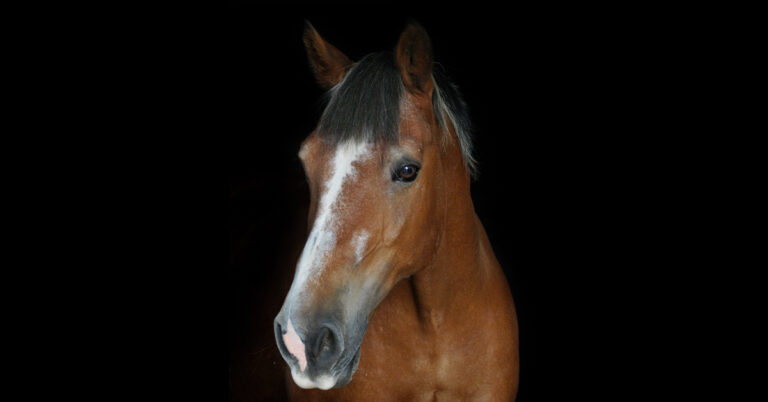
A compelling documentary has been released based on Dr. Sue Dyson’s groundbreaking work on signs of pain in the ridden horse. The 24 Behaviors of the Ridden Horse in Pain has been produced by US-based Padma Video in association with the Train With Trust Project. The 35-minute film features world-renowned expert in equine orthopaedics, Dr. Sue Dyson, and her research on how ‘bad’ horse behaviour can actually be an early indicator of pain.
Watch the full film for free here: https://www.youtube.com/watch?v=hrZgtrqbMVI
The film educates owners, riders and industry professionals on how to spot the early signs of pain while taking viewers on an emotional ride through the eyes of a young girl who loves her horse and will stop at nothing to try to figure out how to make her comfortable. It dares to challenge the way we look at horses’ behaviors and promotes the notion that lameness doesn’t start at the head bob.
“We are conditioned that many horse behaviors are normal, when they are not.” says Dr. Dyson. “We need to appreciate that what we call ‘naughty horses’ are often a reflection of underlying musculoskeletal pain.”
Through a six-phase study, spanning three years and more than 400 horses, Dr. Dyson and colleagues developed The Ridden Horse Pain Ethogram (RHpE), a tool to reliably predict lameness before the condition worsens into limping and other obvious signs of injuries. The Ridden Horse Pain Ethogram is a catalogue of 24 behaviors, which scientific studies have demonstrated can be associated with pain in the ridden horse. The majority of these behaviors are at least 10 times more likely to be seen in lame horses compared with non-lame horses.
The film follows Dr. Dyson and Dr. Jim Myers of Gold Coast Equine as they examine and diagnose show jumper Lauren McMahon’s beloved mare Galina. The mare was not obviously lame yet seemed increasingly unhappy under saddle. Lauren had “tried everything” to figure out what was wrong, including ulcer treatments, multiple joint injections and specialised shoeing, but Galina only became more resistant while being ridden.
Galina’s story is not uncommon for horses that do not present with an obvious head-bobbing lameness. Often these horses are labelled as “resistant” or “lazy,” and for horses that buck or rear from pain, “explosive.” Trainers often tell riders to “push them through it.” The documentary clearly explains how wrong this approach usually is.
Mary King, the Olympic Silver medallist and MBE who has has represented Great Britain in eventing at six Olympics, said: “After all that these wonderful animals do for us, the least we can do is to make sure they are truly comfortable. Performance problems are so often blamed on the horse or rider, without consideration of the possibility of underlying discomfort. The horse’s behaviour may be telling us that even in the absence of overt lameness something may be wrong. Early recognition of this, appropriate investigation and treatment may improve the horse’s performance, welfare and enhance rideability.”
Dr. Laurie Goodrich, Director of the Orthopedic Research Center at Colorado State University’s C. Wayne McIlwraith Translational Medicine Institute and an equine surgeon specialising in orthopedic surgery and lameness, said: “This video makes me want to stand up and CHEER and say–Finally we are getting somewhere interpreting horses’ signs of emotion to reflect pain! Careful and quality research performed by one of the most experienced and world-renowned clinicians and her team is getting at the heart of what horses have been trying to tell us for centuries!”








